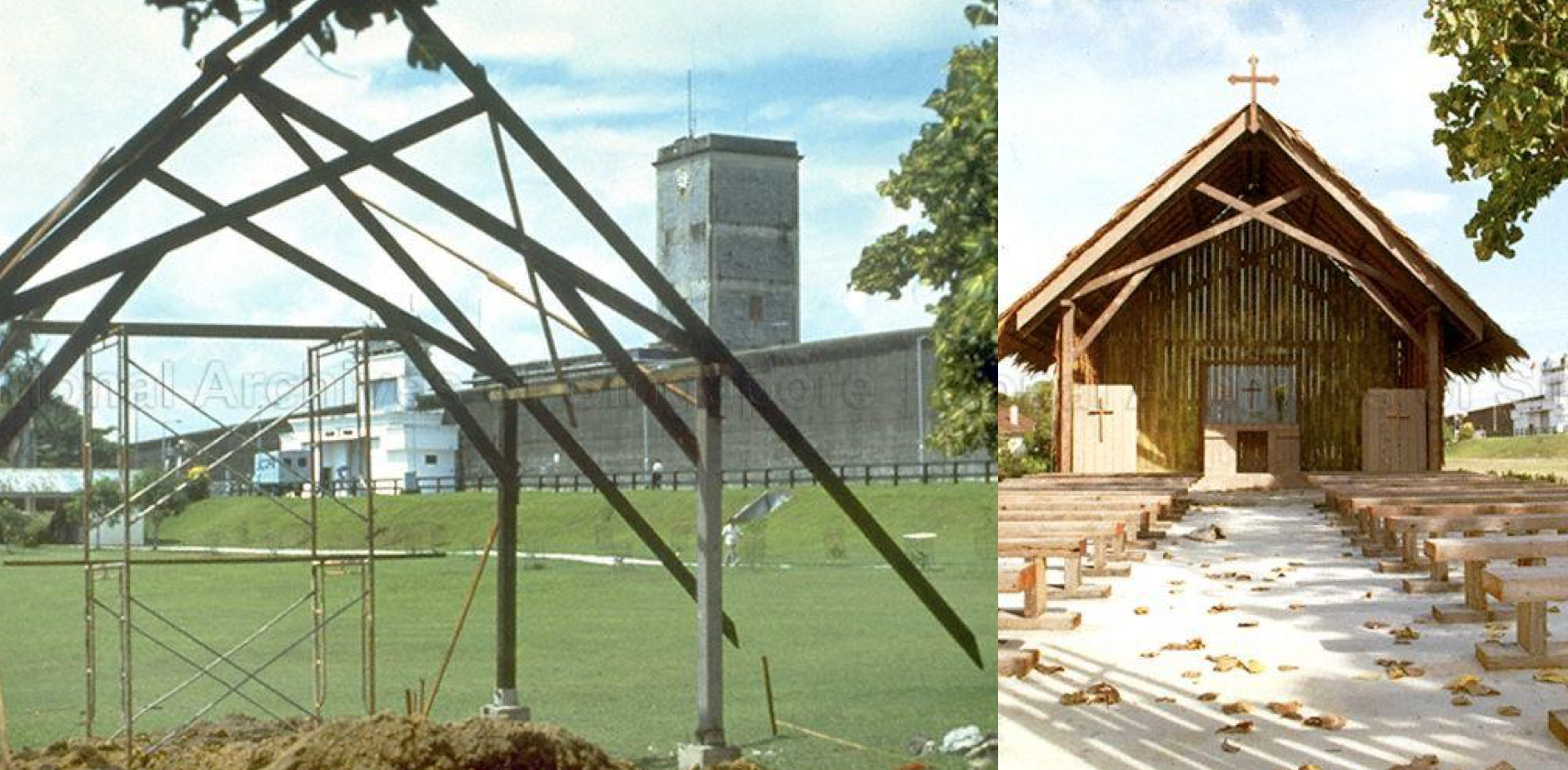Changi Museum and Chapel is a place that documents the sufferings of WWII Prisoners of War (POWs) during the Japanese Occupation.
Since April 1, 2018, the museum has closed its doors.
It will only reopen in 2020, and will be managed by the National Heritage Board.
Located at Upper Changi Road North since 2001, this is the museum's first major redevelopment since it relocated.
Changi Chapel Museum (1988)
Its previous location was somewhere else though.
The Changi Chapel Museum first opened in 1988 within Changi Prison. It featured a replica Changi Chapel, and a museum next to the chapel.
 Photo courtesy of The Changi Museum Pte Ltd.
Photo courtesy of The Changi Museum Pte Ltd.
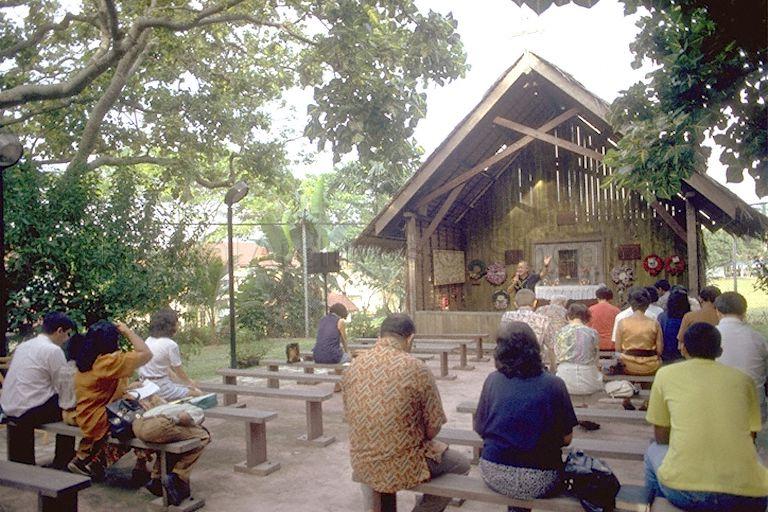 Photo from NAS.
Photo from NAS.
Changi Chapel
During WWII, the entire Changi area housed POWs and civilian internees in various military camps as well as Changi Prison.
Originally constructed in 1944, the chapel was built by allied POWs.
It became significant to many POWs as it was where they went to seek momentary refuge from the harsh sufferings of WWII.
After the war, the original chapel was moved to the grounds of the Royal Military College in Canberra as a national memorial to all Australian prisoners of war.
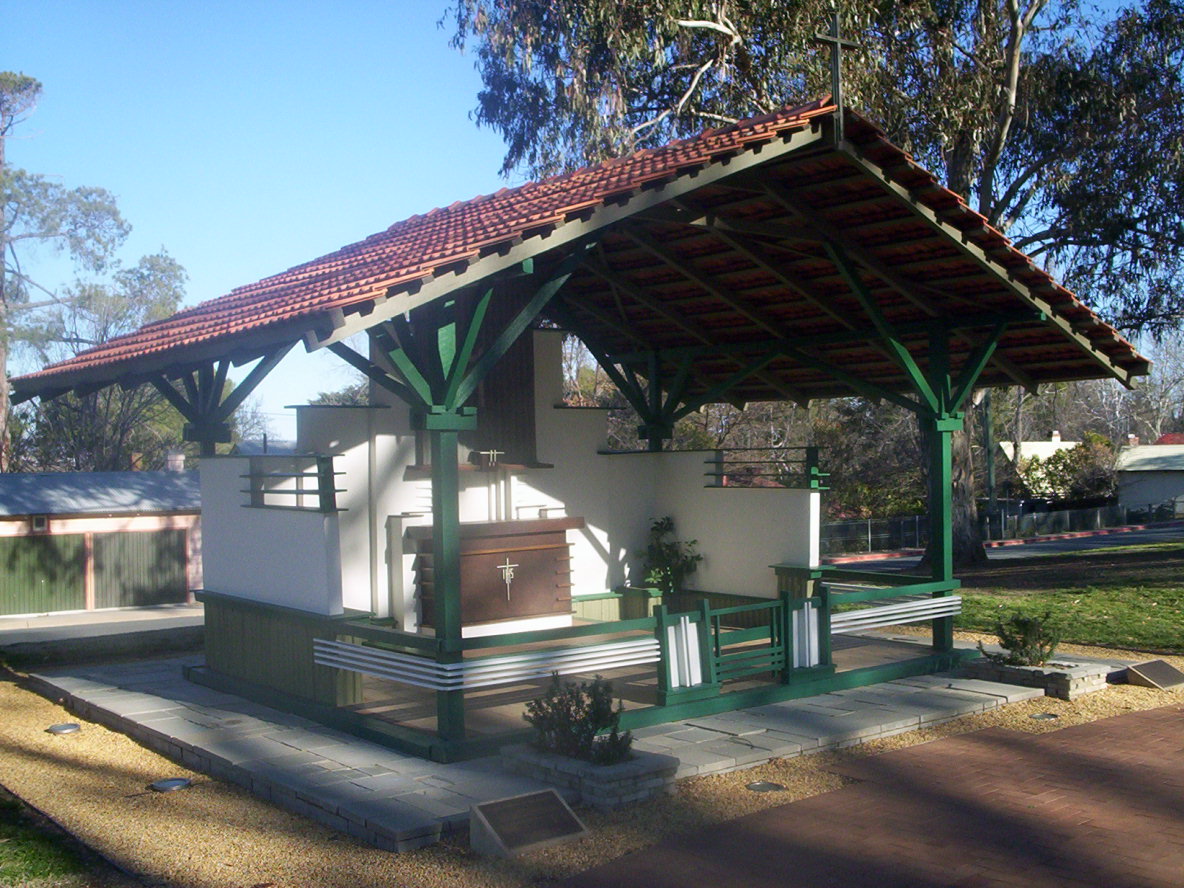 Photo from Wikipedia.
Photo from Wikipedia.
At that time, the Changi Chapel Museum occupied the space in between a fence and the prison structure.
It was managed by the Singapore Prison Services.
You can see the iconic prison entrance gate, wall and turret from this picture:
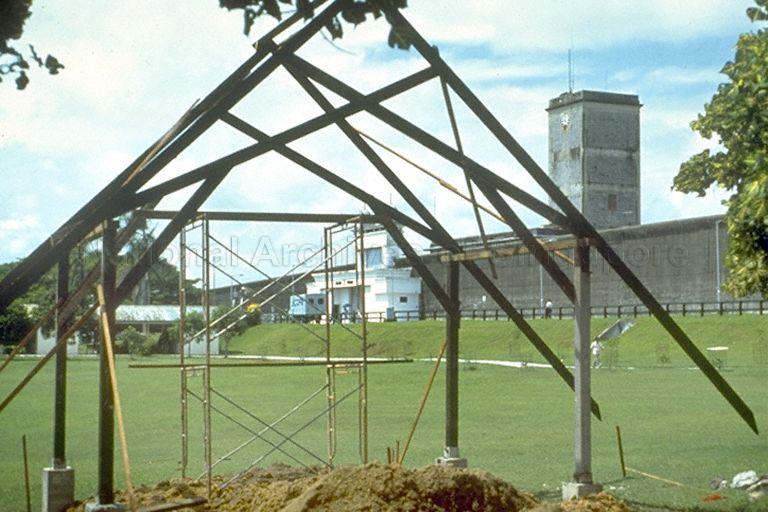 Photo from NAS
Photo from NAS
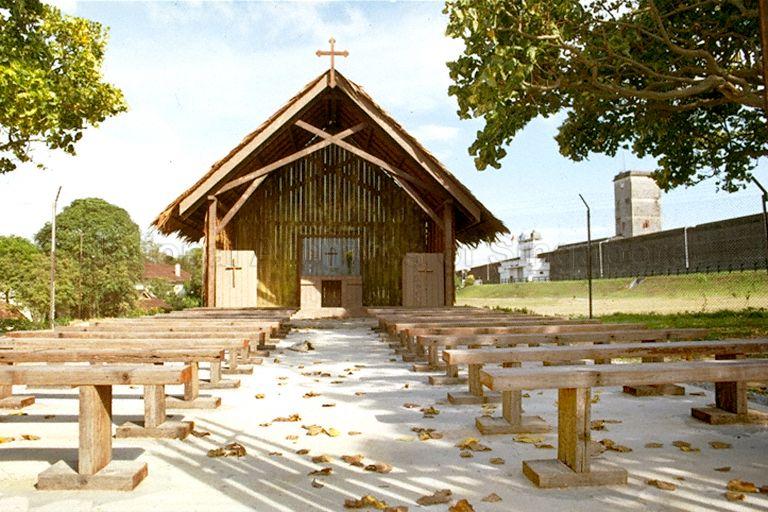 Photo from NAS
Photo from NAS
Shifted to new location
In late 1990s, there were plans to expand the prison, and demolish the Changi Chapel Museum.
Singapore History Consultants (SHC), a private firm specialising in heritage education and research consultancy services, wrote a paper suggesting that the museum should be conserved and resurrected.
In the end, the museum and replica chapel was relocated approximately 1km down from its original location.
The new museum, Changi Museum and Chapel, also came under the management of Singapore History Consultants.
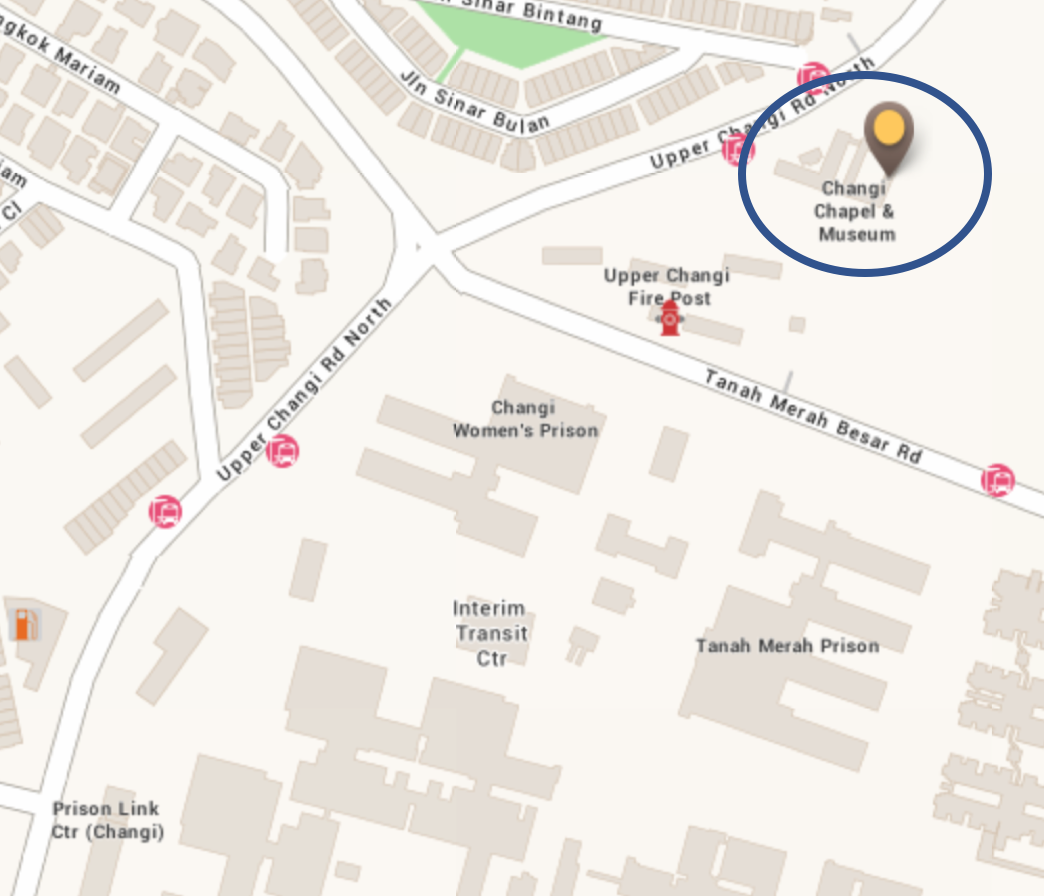 Screenshot adapted from One Historical Map.
Screenshot adapted from One Historical Map.
 Construction at new site in progress. Photo courtesy of The Changi Museum Pte Ltd.
Construction at new site in progress. Photo courtesy of The Changi Museum Pte Ltd.
POW stories & artefacts
To honour the spirit of the POWs who rose from the depths of adversity during the trying war years, the new museum featured art pieces, artefacts, and anecdotes that showcased the spirit of resilience and selflessness.
The site also served as a pilgrimage site for POWs and their families from all over the world to gain emotional closure from the war years.
 Photo courtesy of The Changi Museum Pte Ltd.
Photo courtesy of The Changi Museum Pte Ltd.
Among the content offerings of the museum is a replica of the murals done by Stanley Warren, an Australian POW in Singapore at that time.
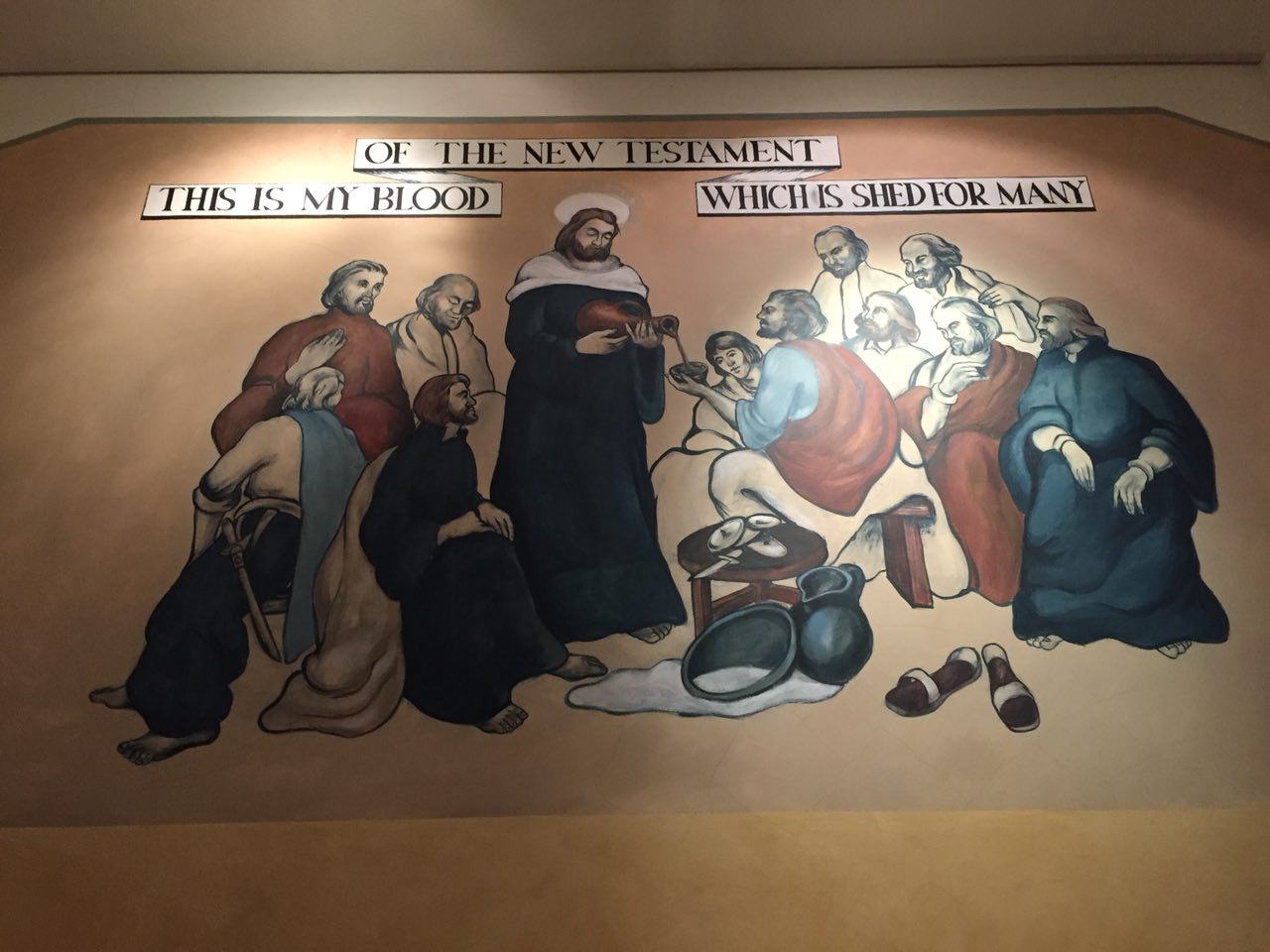
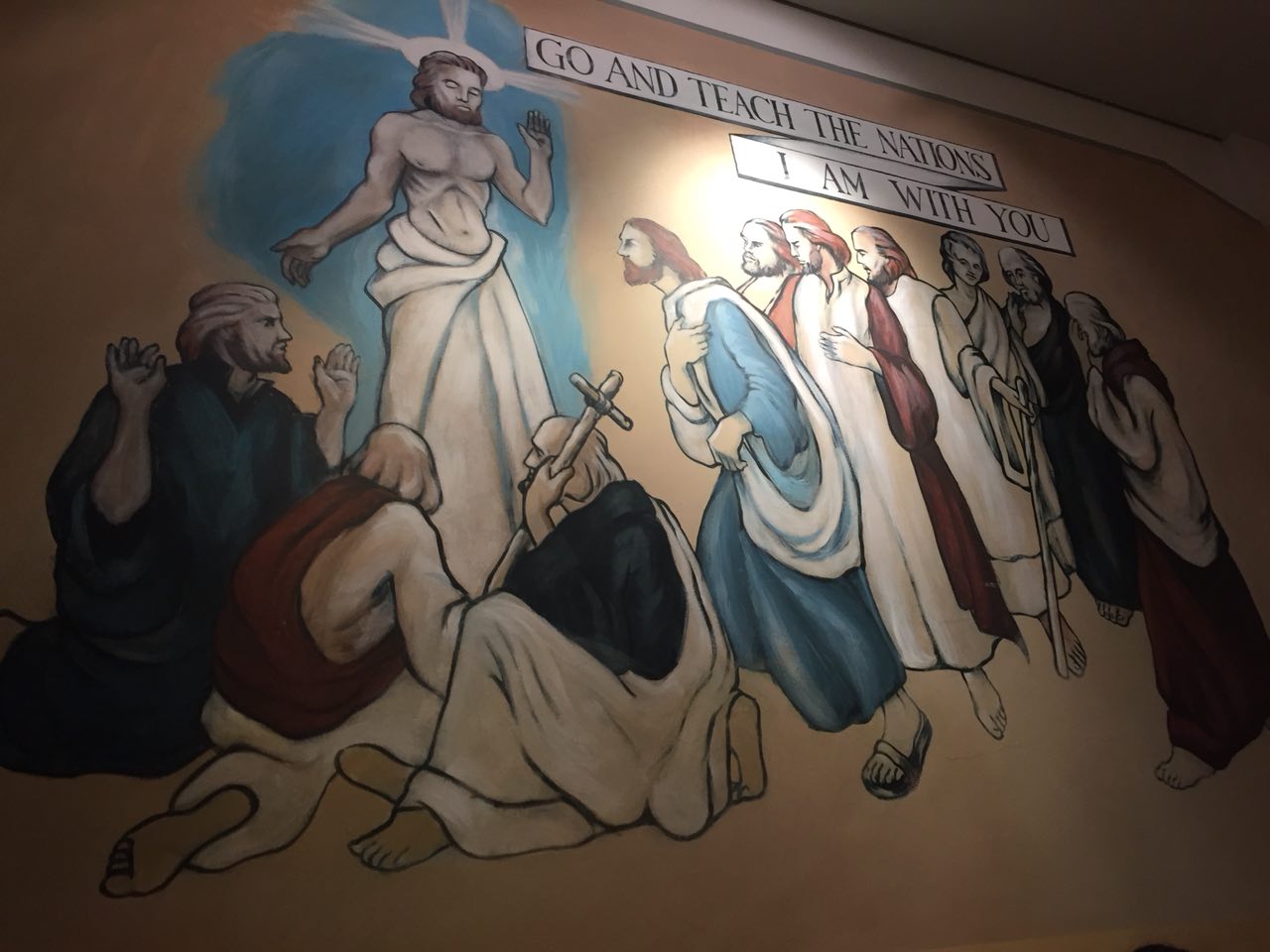
[related_story]
The original Changi murals
The original murals were done in St. Luke's Chapel, a small room within Block 151 of Roberts Barracks.
At that time, many of such blocks within military camps were used as sick bays and stand-in operation theatres for patients during the war. Block 151 was the dysentery wing.
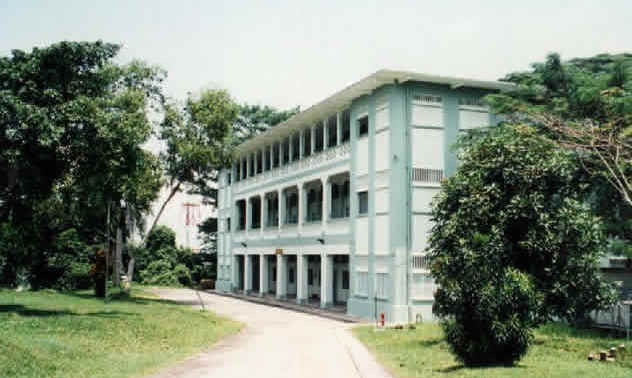 Photo via
Photo via
Despite suffering from renal disorder and dysentery, Warren managed to complete all five murals depicting biblical scenes from the New Testament.
And in doing so, the murals soon became a source of encouragement for many POWs who sought solace within those chapel walls.
The original murals remain inaccessible to the public in Block 151, now part of Changi Airbase.
Upcoming revamp
For the next two years, the building and facilities will undergo upgrading works to address the wear and tear from the past 17 years.
When the museum reopens in 2020, Channel NewsAsia reported that visitors can also expect "refreshed content and offerings that will continue to highlight the stories of Changi," as well as "improved experiences."
While closed, the site will remain as a point of reference on the "Changi WWII™ - Life, Death & Remembrance" coach tour.
Top photo composite image from NAS.
If you like what you read, follow us on Facebook, Instagram, Twitter and Telegram to get the latest updates.
